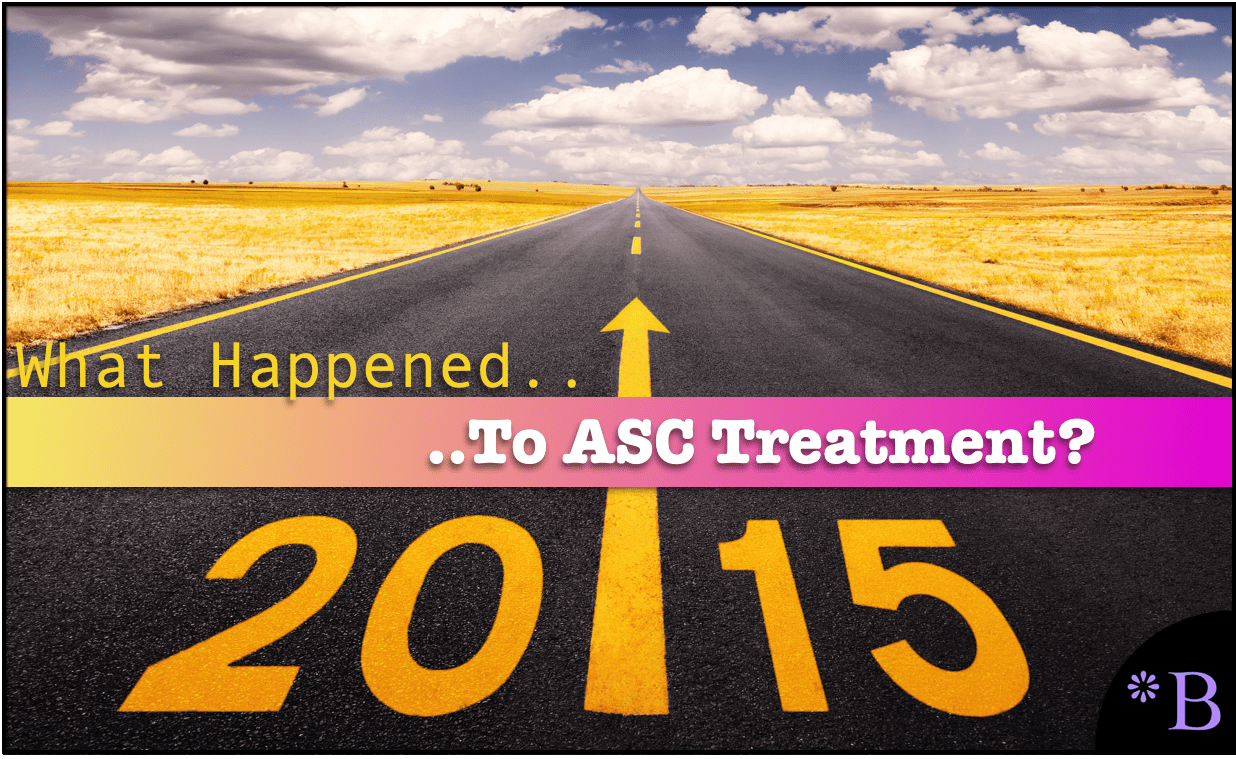What Happened to Autologous Stem Cell Transplants With High Dose Chemotherapy?
Executive Summary
- Cancer treatments get hyped and then are found to be ineffective all the time.
- This article looks at the cancer treatment of autologous stem cell transplants.

Introduction
In this article, I cover what was once presented as a breakthrough treatment for cancer that was pushed into clinical practice before having any evidence to support its use.
High Dosage Chemotherapy Grows in Popularity
These quotes are from the book Malignant: How Bad Policy and Bad Evidence Harm People with Cancer.
An idea began to gain popularity. Perhaps the reason cancer drugs had not cured more tumor types was because of the insufficient dosage. If we could achieve a higher dose, we might be able to purge the body of the last, stubborn cancer cells. In a 1988 article in the New York Times, two expert oncologists echoed this sentiment. Marc Lippman, a breast cancer oncologist, said, “It is hard to get doctors to escalate the doses of chemotherapy . . . Everyone wants to back off. But to my mind, the evidence is absolutely convincing that the dose intensity is correlated with survival.” Bruce Chabner, then director of the Division of Cancer Treatment at the National Cancer Institute, said, “Doctors should raise the doses of chemotherapy ‘as high as the patients can tolerate.’” Of course, one of the major barriers to the dose of chemotherapy is the toxicity. Very high doses kill off normal hematopoietic cells—which are precursors to new blood cells—that reside in the bone marrow.
Thus, an idea emerged. In order to push the dose even higher, perhaps we could remove some bone marrow stem cells, deliver a lethal dose of therapy, and then re-infuse the stem cells to save the patient. This was called autologous stem cell transplant. During the 1980s, different groups began experimenting with this therapy, particularly for women with breast cancer.
A seminal 1988 report compiled their findings. They found 172 reports of the procedure being performed. In 58% of those patients, tumors shrank 50% or more. A 1992 report found that 70% of women undergoing stem cell transplant for breast cancer had tumor shrinkage, while this was true for only 39% of those undergoing conventional treatment. Tumor shrinkage, known as response rate, is a measure of tumors on x-rays or computed tomography (CT) scans, and not a measure of whether patients lived longer or better.
Why is tumor shrinkage the standard endpoint selected by pharmaceutical companies? Because tumor shrinkage is easy compared to curing cancer.
Nearly all drugs are approved for treating cancer by the FDA, shrinking tumors rather than improving outcomes.
The Establishment Media Presented a Medical Consensus That Ended up Being False
Nevertheless, newspapers promoted the idea that these transplants were better than routine care. They told anecdotes of one patient here or there who happened to do well. Experts were eager to add bold, unsubstantiated quotes to the mix. Dr. James Armitage in the Washington Post said, “There is a developing consensus that for some patients, this is the best available therapy.”
The consensus among who?
When large amounts of medical establishment entities have a similar collective financial bias, and that is, they agree they can make money off the treatment. Following this threshold, it is easy to “develop a consensus.”